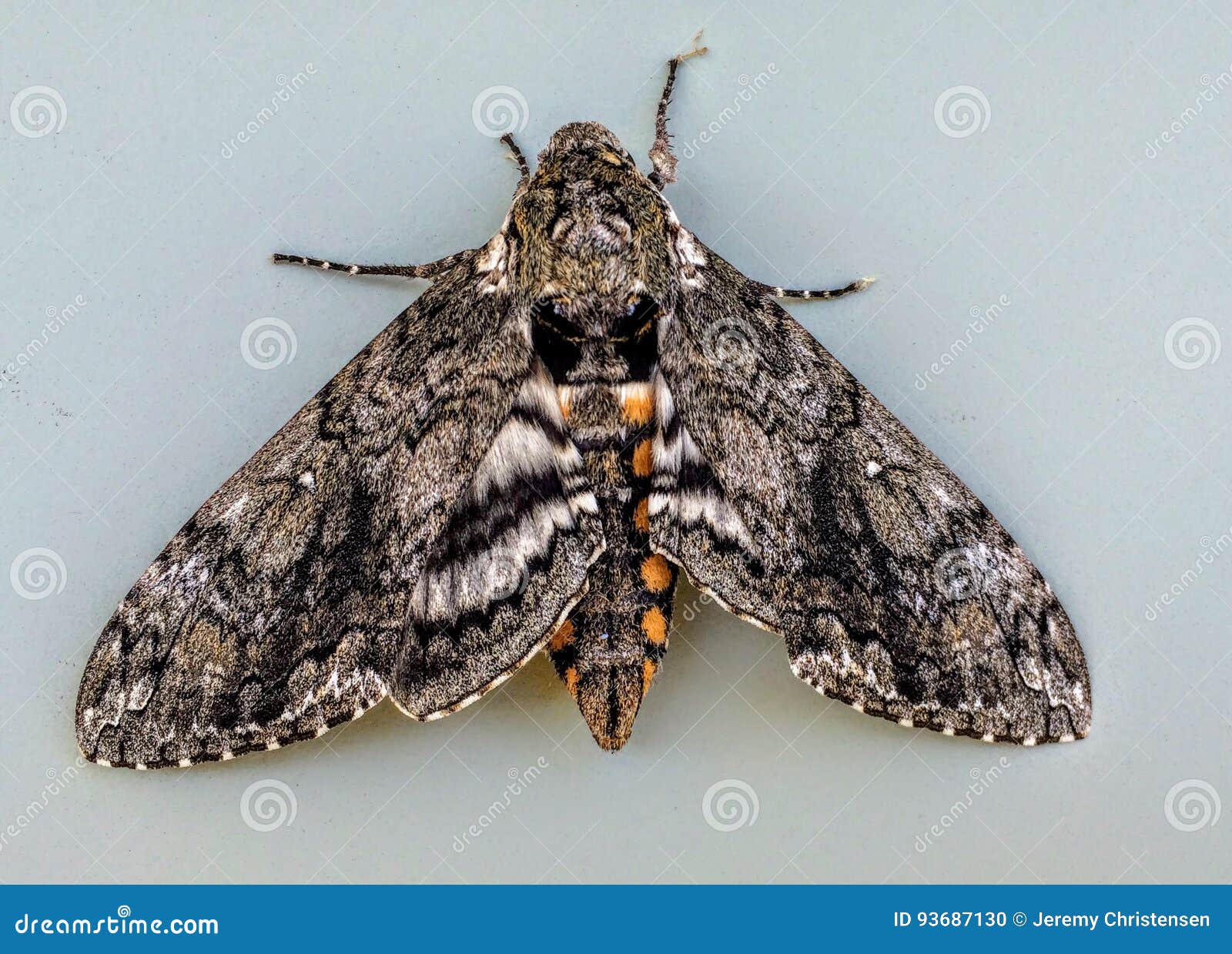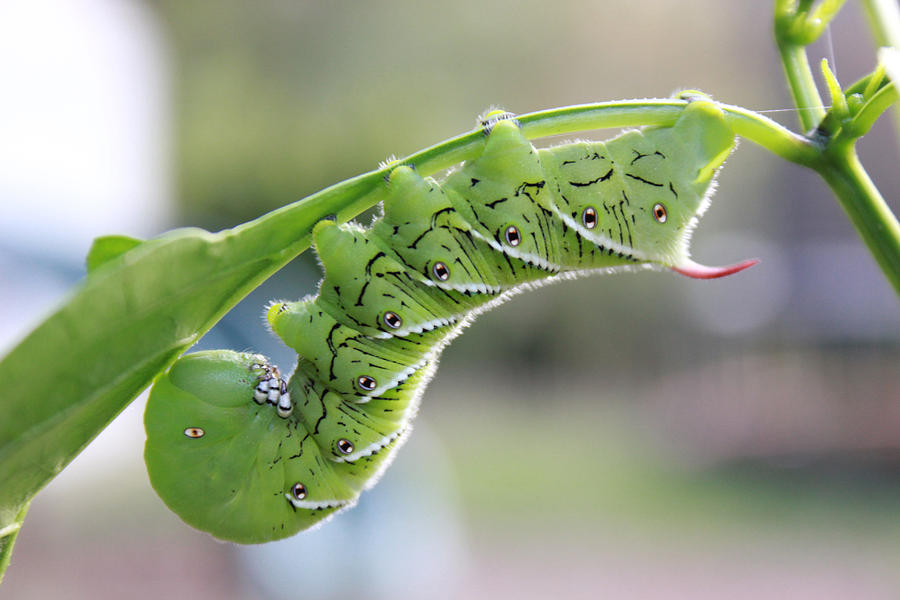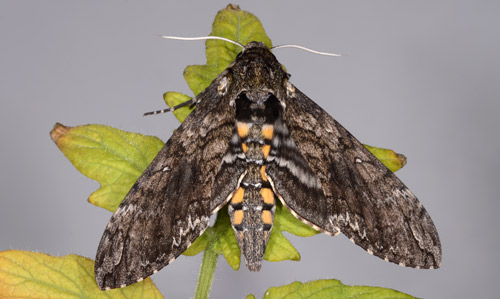


Trials at the Clemson University Pee Dee Research and Education Center near Florence, SC, have shown six to eight weeks activity after transplant with either chlorantraniliprole or cyantraniliprole, though residual activity varies with environmental conditions. These insecticides can be used as a tray drench to seedlings in the greenhouse or in transplant water, which allows the roots to absorb the insecticide. The two insecticides chlorantraniliprole and cyantraniliprole belong to the anthranilic diamide class of insecticides and have systemic activity by root uptake against lepidopteran pests. These include several formulations of Bacillus thuringiensis (Bt) (Javelin, DiPel, etc.), chlorantraniliprole (Coragen), cyantraniliprole (Exirel for foliar applications and Verimark for tray drench/transplant water applications), emamectin benzoate (Denim), acephate (Orthene), and spinosad (Blackhawk). ManagementĪlthough THW can cause major yield loss in tobacco, the insect can fortunately be effectively controlled with a range of insecticides. 2 If no control action is taken, THW can completely defoliate a tobacco plant (figure 5). 6 As the tobacco plant ages, it becomes more tolerant of THW feeding. 2 Damage by THW leads to weight loss by defoliation, rather than reduced leaf quality. The THW is a defoliator and typically begins feeding on the upper leaves of a plant. Tobacco hornworm damage to flue-cured tobacco. It is predicted from genome assembly Msex_1.0 (GCA_000262585.1).Figure 5. This dataset presents the Manduca sexta Official Gene Set (OGS) v2.0. Annotation and analyses were carried out for gene families involved in a wide spectrum of biological processes, including apoptosis, vacuole sorting, growth and development, structures of exoskeleton, egg shells, and muscle, vision, chemosensation, ion channels, signal transduction, neuropeptide signaling, neurotransmitter synthesis and transport, nicotine tolerance, lipid metabolism, and immunity.

Genome wide synteny analysis indicated a high level of macrosynteny in the Lepidoptera. Extensive RNA-seq data from many tissues and developmental stages were used to improve gene models and for insights into gene expression patterns. The official gene set is comprised of 15,451 protein-coding genes, of which 2498 were manually curated. sexta larvae feed on solanaceous plants and thus must tolerate a substantial challenge from plant allelochemicals, including nicotine. One important benefit of this species as an experimental model is its extremely large size, reaching more than 10 g in the larval stage.

Manduca sexta, known as the tobacco hornworm or Carolina sphinx moth, is a lepidopteran insect that is used extensively as a model system for research in insect biochemistry, physiology, neurobiology, development, and immunity.


 0 kommentar(er)
0 kommentar(er)
